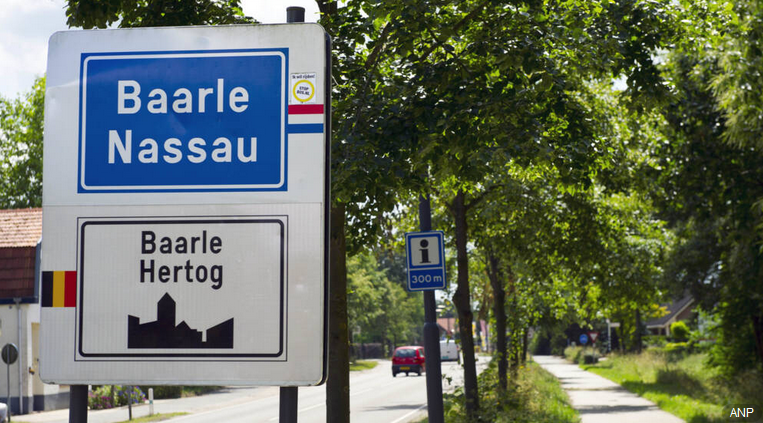Experiencing the border crossing : Commission colleagues from the cross-border unit visited the area of Baarle-Hertog and Baarle-Nassau

date: 02/12/2022
The meeting took place in the jointly owned town hall, in council chambers divided by an international boundary and within which both Belgian and Dutch police work side by side. There we learned about the deep cooperation which exists between both Belgian and Dutch authorities with wastewater treatment and domestic waste collection cited among many examples of cooperation between the local authorities. However, there was a general recognition that the cooperation which is necessary to make people’s lives easier comes at a cost. Cooperation can be time-consuming as it is built upon intricate and pre-determined rules, the most restrictive of which tend to predominate. Economies of scale are limited and an in-depth knowledge of rules is required from both politicians and the administration. Indeed questions of interpretation arise with regard to the transposition of EU directives into national legislation.
The most enduring lesson from the visit to Baarle-Hertog and Baarle-Nassau is that challenges are often met with a high degree of pragmatism from both sides. It was clear that both local administrations, aware of their unique situation, subscribe to the notion that ‘where there is a will, there is a way!’ and strive to serve their citizens in the interest of all.
As background information, the Dutch municipality of Baarle-Nassau completely surrounds the Belgian municipality of Baarle-Hertog. Not one, but 22 pieces of Belgium make up this Belgian municipality creating a complex web of interaction along, between and within enclaves – and sometimes enclaves within enclaves!
Baarle-Nassau and Baarle-Hertog constitute two of only five examples of enclaves in Western Europe, the others being Llivia (a piece of Spain surrounded by France), Büsingen (a piece of Germany surrounded by Switzerland) and Campione d’Italia (a piece of Italy within Switzerland).
Baarle-Nassau has seven enclaves which lie within the two largest Belgian pieces. Another Dutch piece is situated south of the Belgo-Dutch border. Boundaries run through streets, houses, firms and even in some cases bedrooms! In one particular example, the international boundary is horizontal, as opposed to the more usual vertical border, with one apartment building floor belonging to the Netherlands and the other belonging to Belgium or vice versa. - For those who live and work in Baarle, it is quite common to share the bed and yet sleep in another country. Juggling with the border is part of everyday life in Baarle and the citizens have learned to take all of this in their stride.
